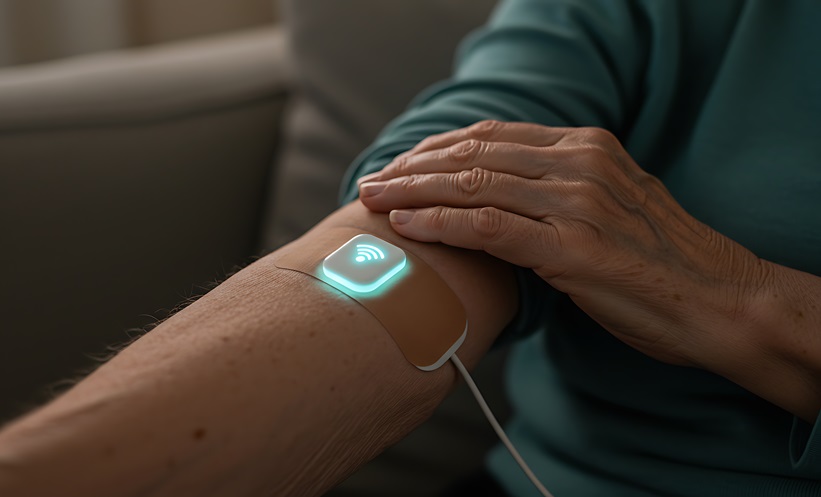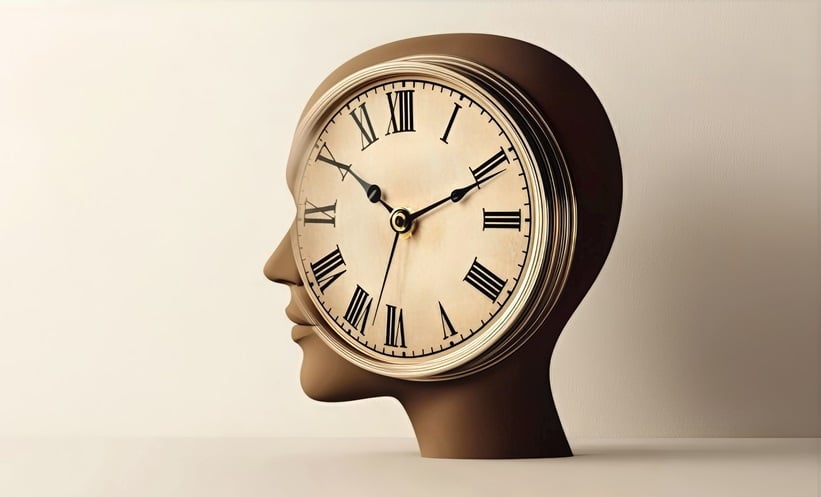A NEW clinical trial has found that nerve stimulation using an AI-driven wearable device significantly improved daily functioning in adults with essential tremor, suggesting a breakthrough noninvasive treatment option.
Understanding Nerve Stimulation for Tremor Control
Nerve stimulation has emerged as a potential therapy for essential tremor, the most common movement disorder affecting the arms. Unlike deep brain stimulation, which requires surgery, transcutaneous peripheral nerve stimulation (TPNS) is applied through the skin, targeting nerves in the wrist and forearm. The approach modulates tremor-related brain activity via gentle electrical impulses, offering a simpler, safer alternative for patients who struggle with tremor control despite medication.
Clinical Trial Demonstrates Meaningful Benefits
In this randomised clinical trial conducted across 12 neurology clinics in the United States and China, 125 adults with essential tremor were assigned to receive active TPNS (n = 83) or sham treatment (n = 42) for 90 days. The AI-enhanced nerve stimulation device delivered continuous, adaptive pulses to the radial, median, and ulnar nerves during waking hours.
After three months, participants using the active device showed a clinically significant reduction of 6.9 points in the modified Activities of Daily Living (mADL) subscale of the Essential Tremor Rating Assessment Scale, compared with a 2.7-point reduction in the sham group (P < .001). The most common side effect was mild skin irritation, affecting 33.7% of users, with a few isolated cases of transient muscle discomfort. These findings suggest that wearable nerve stimulation can meaningfully improve motor control and independence without the risks of invasive therapy.
Implications for Future Treatment
Researchers concluded that transcutaneous peripheral nerve stimulation could become an effective noninvasive alternative for managing essential tremor, particularly for patients seeking drug-free options. The integration of artificial intelligence enhances precision by adjusting stimulation in real time to optimise results. Future studies will explore long-term efficacy, cost-effectiveness, and potential use in other neurological disorders such as Parkinson’s disease or dystonia.
Reference
Ondo WG et al. Transcutaneous peripheral nerve stimulation for essential tremor: a randomized clinical trial. JAMA Neurol. 2025;DOI:10.1001/jamaneurol.2025.3905.






